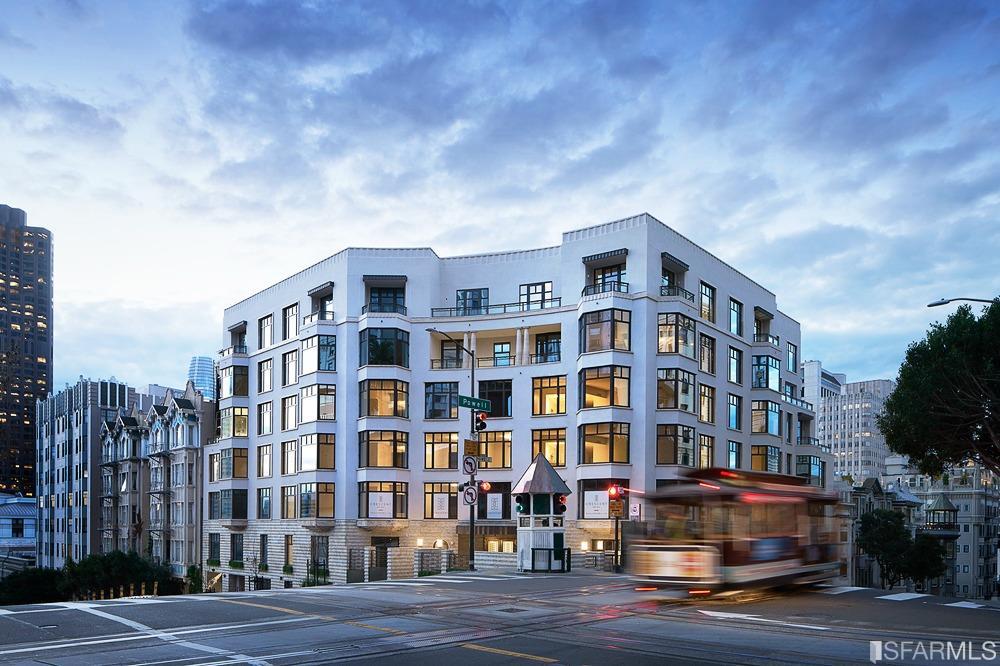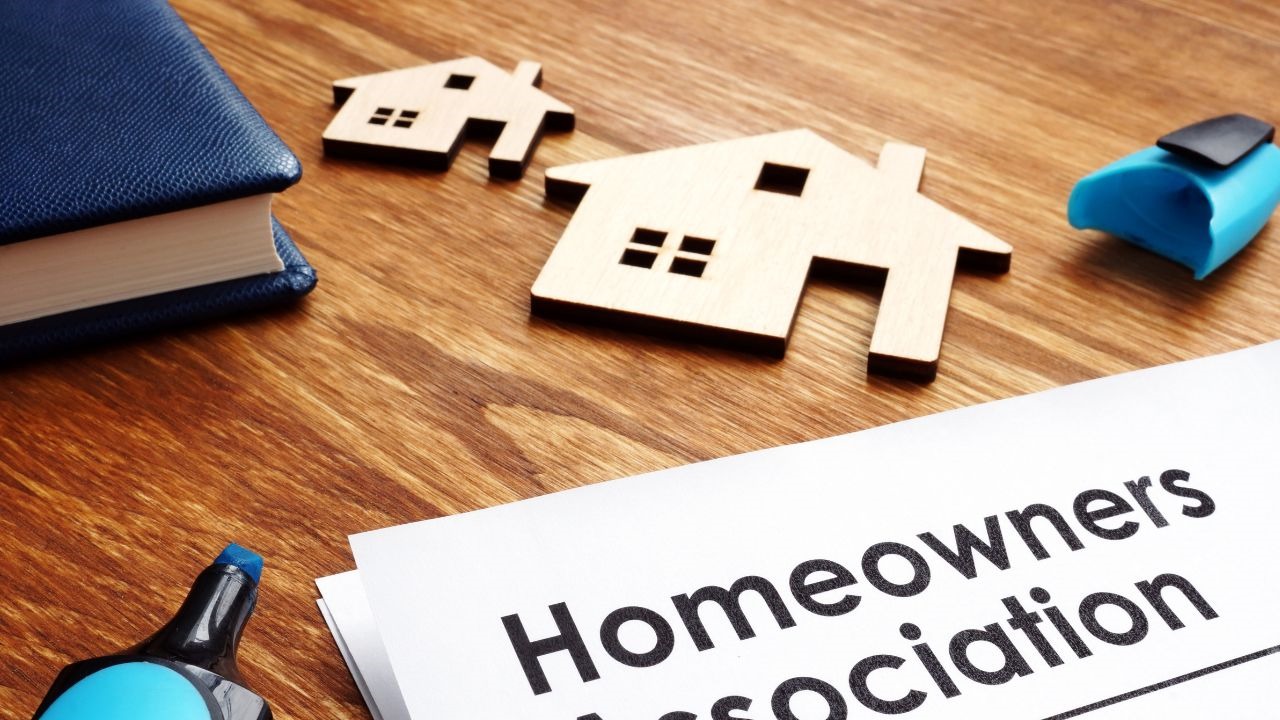Explore the Financial Aspects of HOA Condo Living
Explore the Financial Aspects of HOA Condo Living
Blog Article
The Role of an HOA in Establishing and Enforcing Area Guidelines for Citizens
The role of a Homeowners Organization (HOA) in developing and enforcing area standards is basic to preserving a organized and cohesive property environment. By developing clear regulations that control aspects such as home upkeep and area conduct, the HOA not only establishes requirements for residents yet also promotes a sense of belonging and accountability.
Recognizing Home Owners Organizations
Homeowners associations (HOAs) offer as governing bodies for household areas, playing an essential function in preserving property values and cultivating a sense of area. Typically developed by designers, HOAs are made up of property owners within an assigned area who elect a board to look after the association's tasks. The main functions of an HOA include enforcing area guidelines, taking care of common locations, and organizing community occasions.
HOAs run under a set of regulating records, consisting of constraints, commitments, and problems (CC&R s), which detail the civil liberties and responsibilities of property owners. These regulations intend to make certain that homes are kept to a particular standard, consequently shielding the aesthetic charm and general value of the area. In addition, HOAs typically accumulate charges from house owners to fund maintenance, landscape design, and various other area solutions.
The presence of an HOA can dramatically influence the living experience within a community (hoa condo). While some citizens value the organized setting and amenities offered, others may discover specific laws restrictive. Balancing the interests of all homeowners is crucial for an HOA to function successfully, making sure that it serves its desired objective of improving area living while appreciating private home owner legal rights
Establishing Area Guidelines

To start, an HOA should perform studies or convene that enable homeowners to articulate their issues and ideas. This participatory procedure cultivates a sense of ownership and increases conformity. Next off, the HOA board should assess the responses to identify common styles and top priorities that call for formal addition in the standards.
It is additionally important to make certain that the guidelines are clear, succinct, and conveniently comprehended. Obscurities can bring about conflicts and misunderstandings, undermining the function of the guidelines. The standards should be comprehensive, covering various facets of community living, including residential or commercial property upkeep, noise degrees, and use of common locations.
Enforcement of Regulations
Efficient enforcement of neighborhood regulations is important for keeping order and making sure that all homeowners follow the established guidelines. An HOA should carry out an organized approach to impose these guidelines, which frequently entails a combination of tracking, communication, and fines for non-compliance.
First, routine inspections and neighborhood patrols can help identify infractions, guaranteeing that policies are consistently applied throughout the neighborhood. This positive tracking enables the HOA to address issues prior to they escalate, cultivating a sense of liability among homeowners.
Second, clear interaction is vital. Citizens ought to be notified of the rules and the treatments for reporting violations. An open line of communication motivates homeowners to Learn More voice issues and look for information on standards, which can boost conformity.
Lastly, when offenses happen, the HOA has to apply consequences as outlined in the governing papers. By efficiently applying rules, an HOA can cultivate a harmonious living environment that mirrors the collective worths of its homeowners.
Benefits of HOA Laws
Many advantages arise from the execution of HOA regulations, which serve to enhance the lifestyle within a neighborhood. One key benefit is the maintenance of home worths. By enforcing criteria for appearances and maintenance, HOAs make certain that homes and usual areas stay eye-catching, promoting a preferable living setting that can cause increased building values gradually.
In addition, HOA laws advertise uniformity and harmony within the community. This coherence in style and upkeep assists to develop a sense of belonging amongst locals, contributing to area satisfaction and a positive atmosphere. Developed guidelines help with problem resolution among next-door neighbors by supplying clear assumptions and methods for behavior, therefore decreasing disputes.
Another considerable advantage is the provision of common facilities and services. Numerous HOAs handle area centers such as parks, pools, and clubhouses, which improve recreational chances for residents. These features not just enhance the quality of life but likewise motivate social communication.
Eventually, the laws set forth by an HOA cultivate an efficient, harmonious area, ensuring that residents enjoy a high requirement of living while fostering an encouraging atmosphere for all property owners.
Common Difficulties Dealt With by HOAs
Among the benefits that property owners associations (HOAs) can supply, they also come across a range of obstacles that can prevent their performance. Several home owners might not take part in conferences or area tasks, leading to a separate in between the HOA board and citizens.
Conflicts can emerge when citizens really feel that enforcement is irregular or biased, possibly leading to problems within the neighborhood. In addition, HOAs frequently encounter financial restrictions, which can restrict their capacity to maintain common areas or fund community projects.
In addition, navigating legal intricacies can be intimidating for HOAs. They have to ensure conformity with state laws while handling their very own controling records, which can be a source of complication. Advancing and altering check these guys out demographics neighborhood needs require HOAs look at this web-site to adapt their guidelines, typically satisfying resistance from long-standing residents that are accustomed to traditional standards. Addressing these challenges is important for promoting a unified and thriving area.
Final Thought

By formulating clear regulations that govern facets such as residential or commercial property upkeep and neighborhood conduct, the HOA not only sets standards for homeowners yet additionally cultivates a feeling of belonging and liability.Homeowners associations (HOAs) offer as regulating bodies for household areas, playing an essential duty in keeping home values and promoting a sense of neighborhood. Several house owners may not participate in conferences or area activities, leading to a detach between the HOA board and homeowners. Evolving and altering demographics neighborhood needs need HOAs to adjust their guidelines, usually meeting resistance from long-standing locals that are accustomed to typical norms. Via the development of clear regulations and constant enforcement, HOAs promote home upkeep, neighborhood satisfaction, and trust fund among citizens.
Report this page